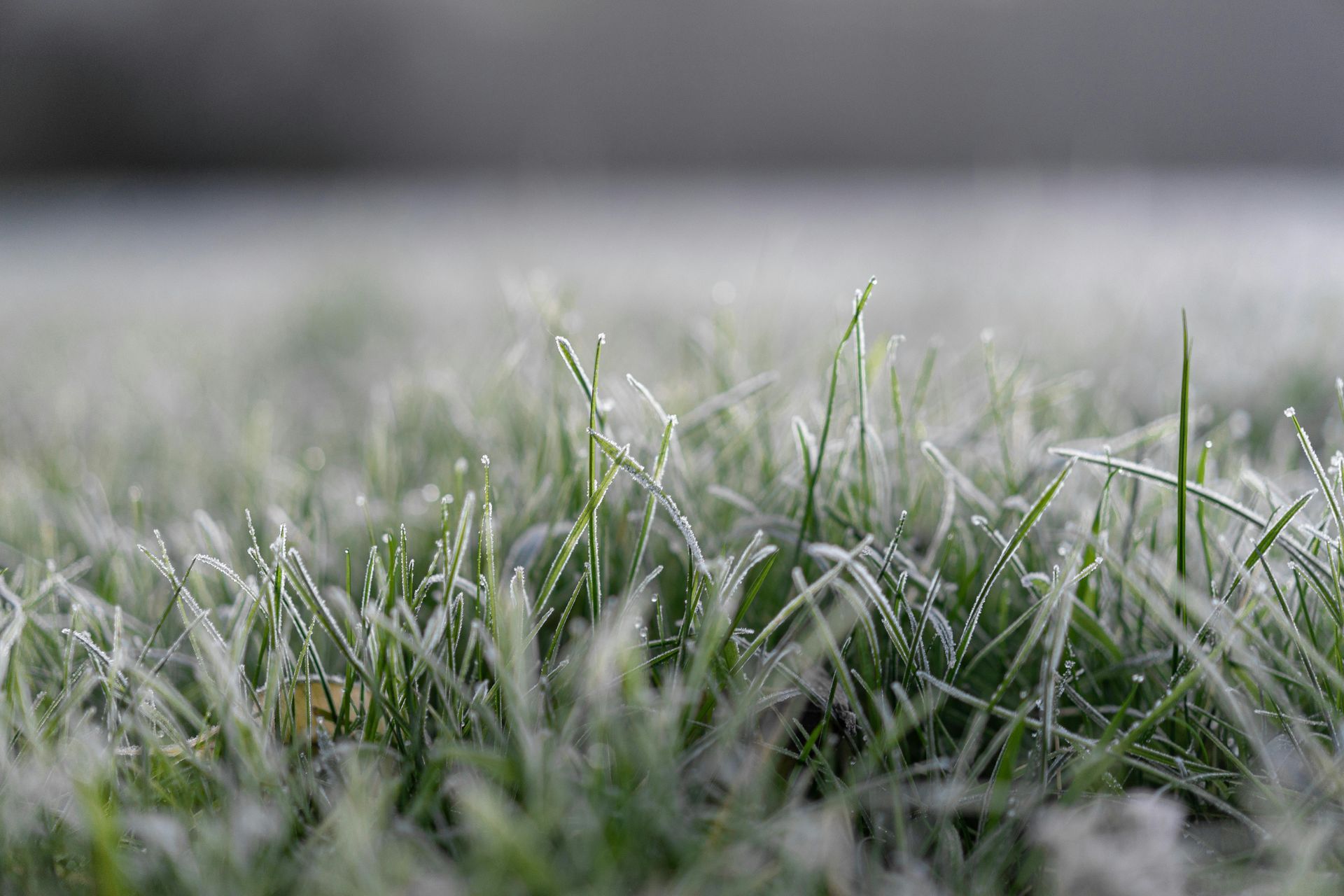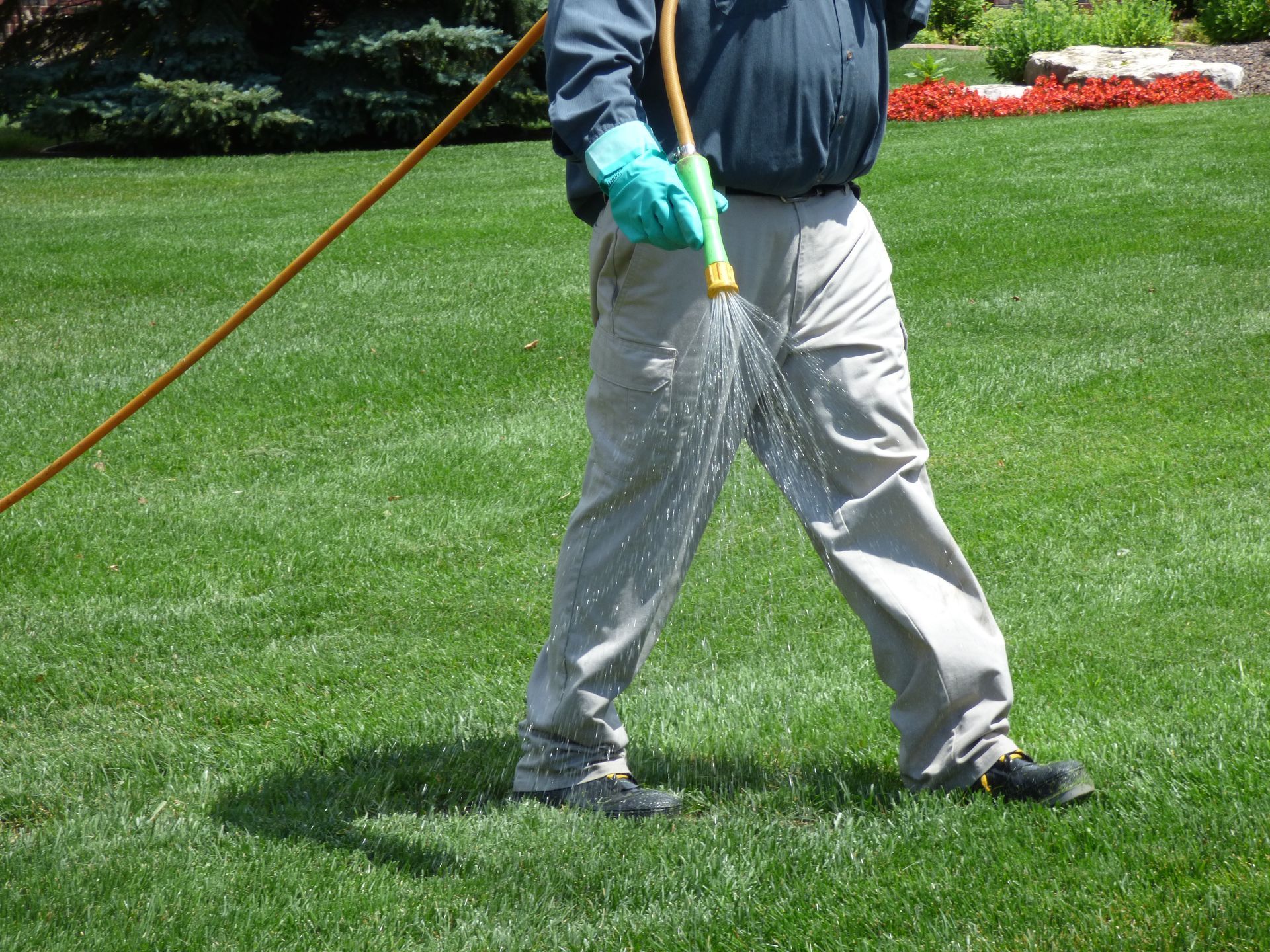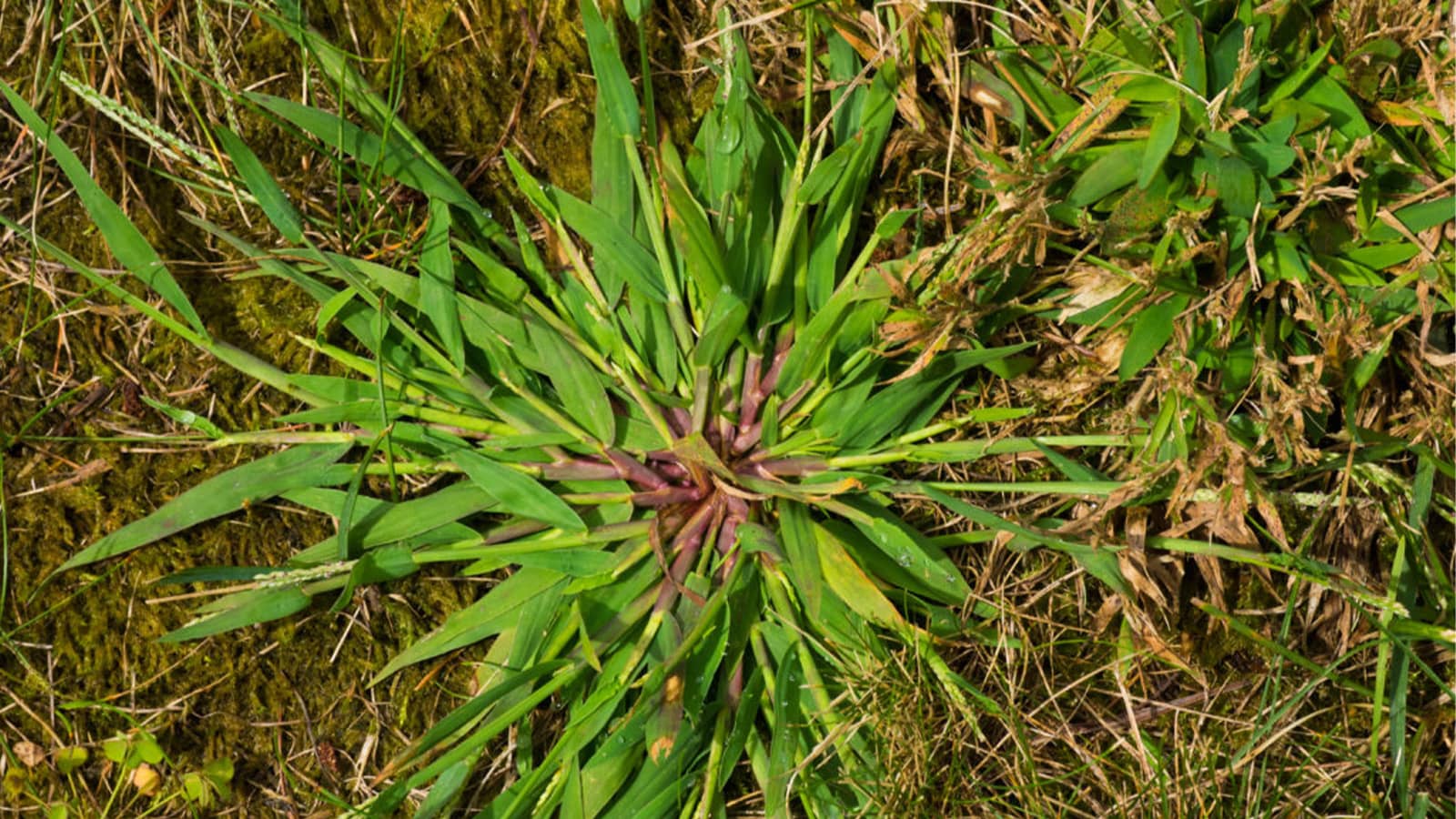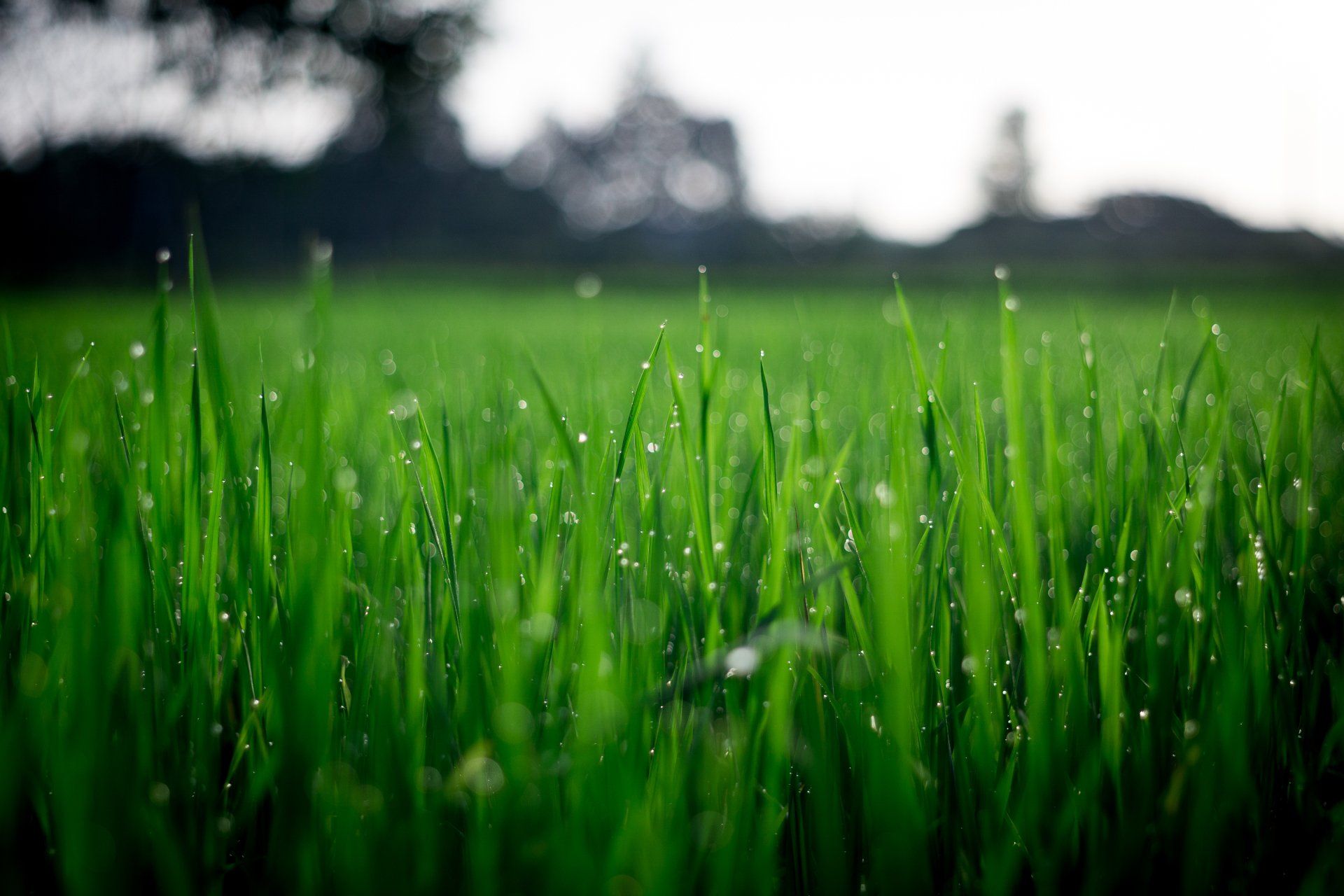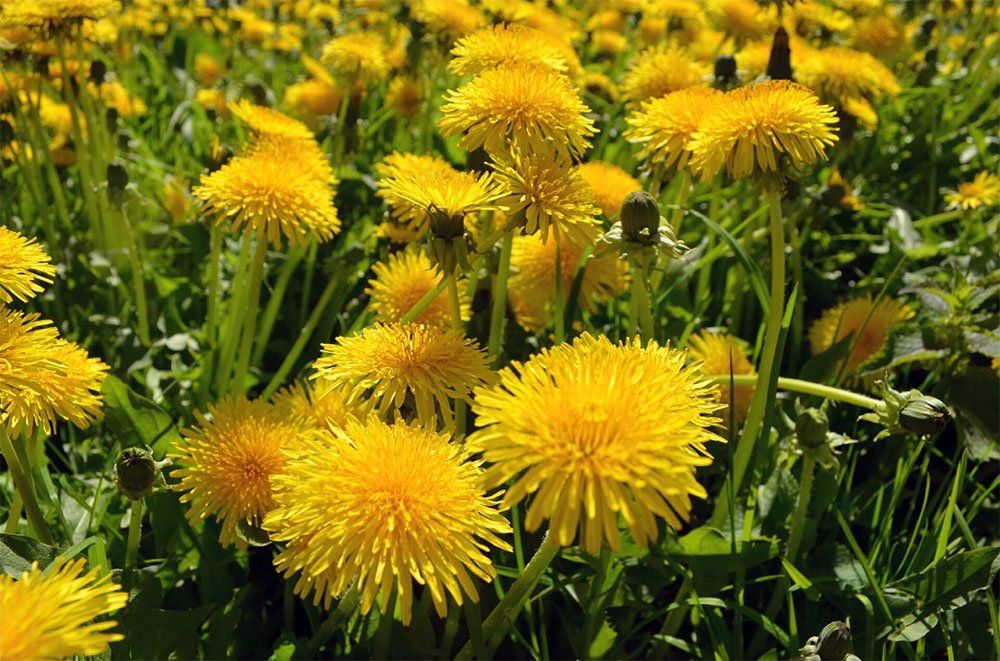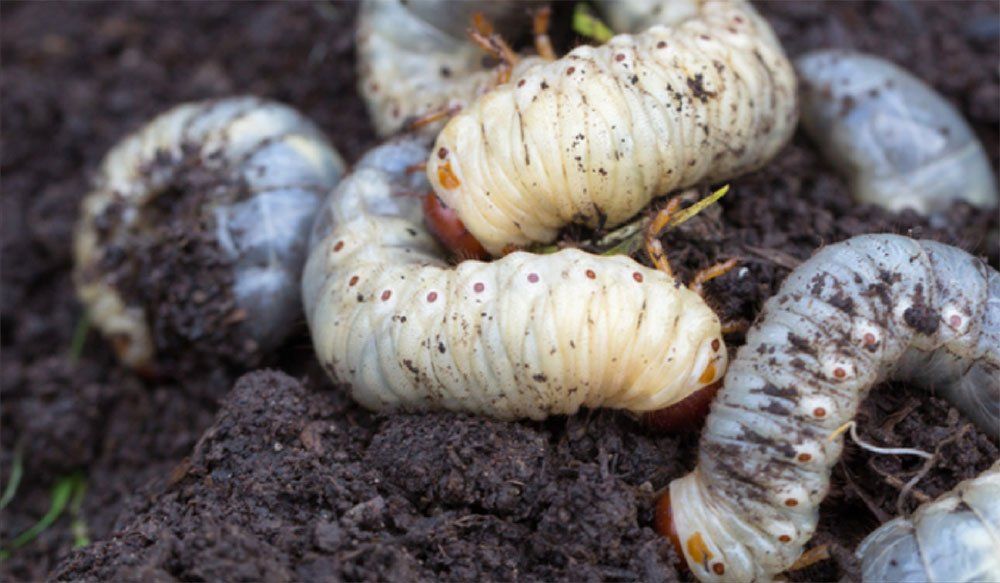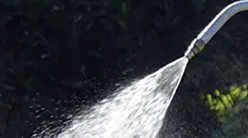With the wet spring we had this year, you might not have needed to water your yard very much. But now, as we enter the hottest months of the year, we are experiencing those summer dry spells. It only takes a few hot days to turn your lush, green lawn into a yellow, pokey lawn. Keeping with a regular watering schedule is important to get your yard through the summer without suffering any damage. As with all things, there is a right and a wrong way to do things. We are going to show you the right way to water your yard this summer with these proper irrigation techniques.
When Should You Water Your Lawn?
This is the most common question homeowners have when watering their lawns. Your grass needs to be watered at least every 2-3 days for it to stay healthy and strong. The best way to ensure your grass is getting an adequate amount of water is to water it in the morning before the hottest part of the day. This is because if you water in the afternoon most of the water will be lost to evaporation. If you water in the evening, the water doesn’t have enough time to evaporate before the cool temperatures arrive, potentially leading to fungus and mold. Morning waterings give the right amount of water and give the grass enough time to dry out before nightfall.
Get on a Watering Schedule
Consistency is key to proper irrigation and maintaining a lush and healthy lawn. Most soil types will dry up every 3-7 days but, depending on your soil type, you might need to water more or less frequently. Just be careful; overwatering can lead to diseases and mold growth and if you have hard or clay soils you could be creating a mosquito breeding ground . With careful observation, you should be able to determine how often you need to water. Write it down and stick with it!
What Type of Sprinklers Work Best?
You might think a sprinkler is a sprinkler but certain types are more ideal than others. If you have an underground sprinkler system on a timer then skip to the next tip otherwise, keep reading. The best type of sprinkler to use on your yard is a pulsating sprinkler as opposed to an oscillating sprinkler. Oscillating sprinklers don’t give you as much uniform coverage as a pulsating sprinkler. Even the slightest breeze can blow the water where you don’t want it, unevenly distributing the water.
Soak Your Soil
It’s not enough to turn the sprinkler on every other day for ten minutes. For proper irrigation, your soil needs to be soaked at least six inches. This encourages deep root growth which will come in handy during those long dry spells we often experience in late July and August. As an added guard against drought, raise your lawnmower an inch or two; this will help your grass store more water and keep the soil cool and moist longer. The shade from the thicker grass will also help prevent weeds .
To test whether your soil is getting soaked enough just stick a screwdriver into the soil six inches. If it’s watered properly, the screwdriver should easily slide into the hilt. If it’s difficult to push in and you notice water is not soaking in, then your soil might require aeration .
Need Help With Your Yard Work?
At Custom Lawn Care , we have been providing our community with exceptional lawn care services since 1988. We handle everything from lawn care to pest control .
